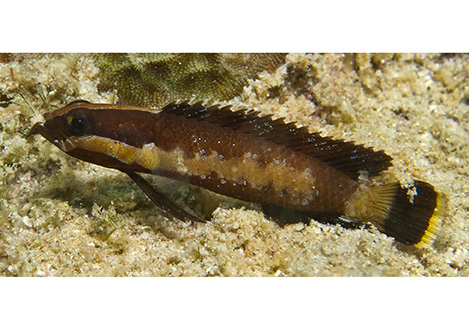Abstract
Cambarus (Cambarus) hatfieldi is a stream-dwelling crayfish that appears to be endemic to the Tug Fork River system of West Virginia, Virginia, and Kentucky. Within this region, it is prevalent in all major tributaries in the basin as well as the Tug Fork River’s mainstem. The new species is morphologically most similar to Cambarus sciotensis and Cambarus angularis. It can be differentiated from C. sciotensis by its squamous, subtrinagular chelae compared to the elongate triangular chelae of C. sciotensis; its shorter palm length/palm depth ratio (1.9) compared to C. sciotensis (2.3); and a smaller areola length/total carapace length ratio (30.4% vs.36.5% respectively). Cambarus hatfieldi can be differentiated from C. angularis by its smaller areola length/total carapace length ratio (30.4% vs. 36.7% respectively); a smaller rostrum width/rostral length ratio (59.4% vs. 67.2% respectively); its rounded abdominal pleura as compared to the subtruncated pleura of C. angularis; the length of the central projection and mesial process of C. hatfieldi which both extend to the margin of the gonopod shaft or slightly beyond the margin compared to the central projection of C. sciotensis and C. angularis where both extend well beyond the margin of the gonopod shaft.

